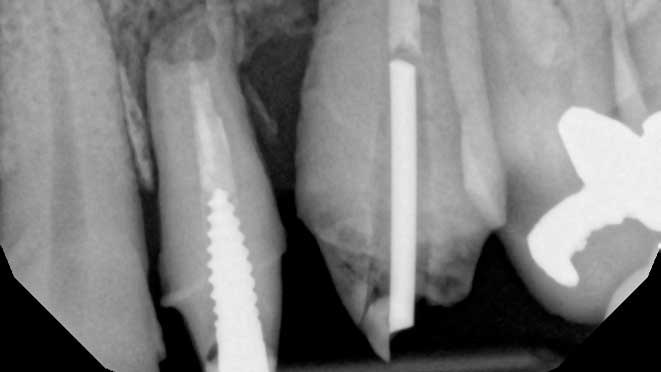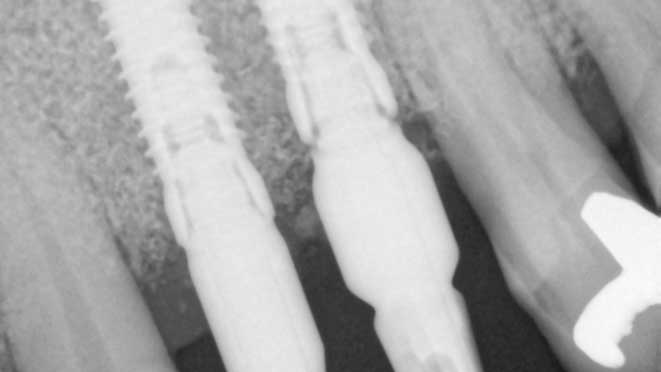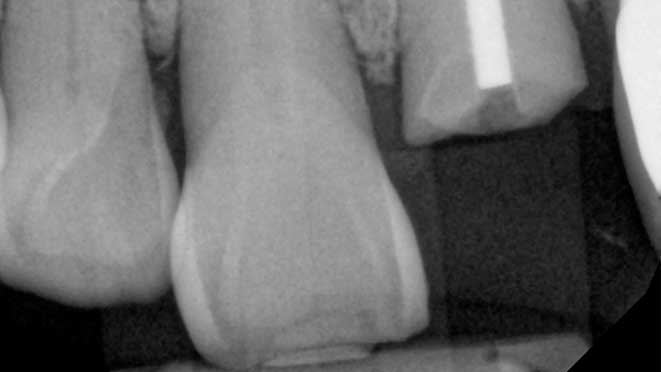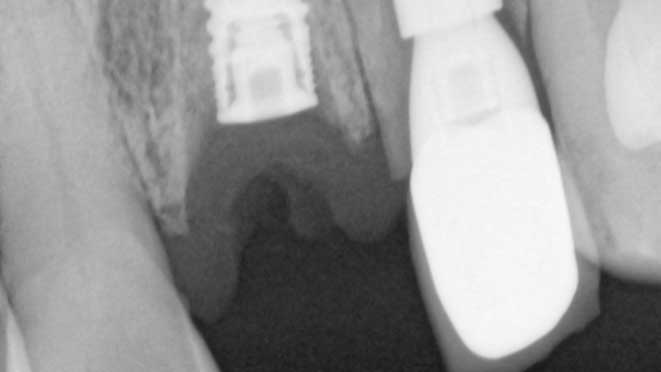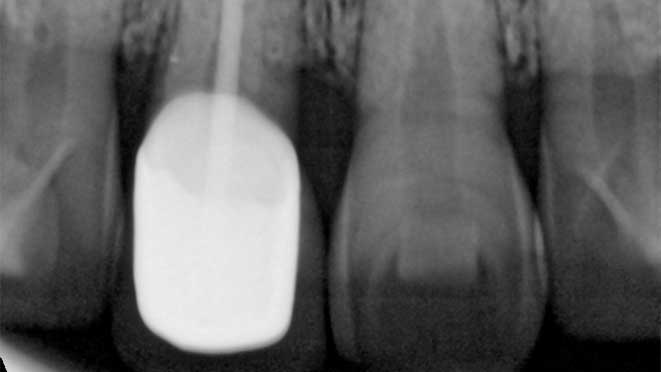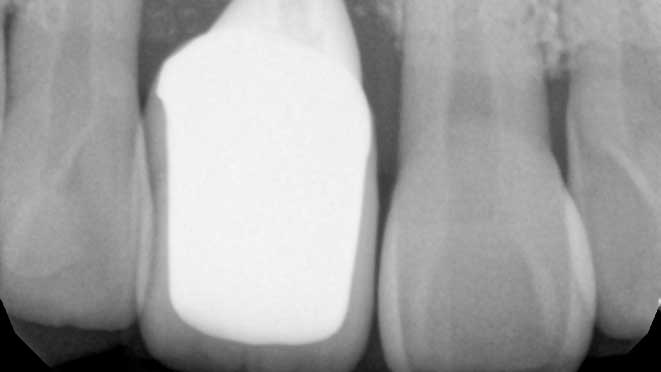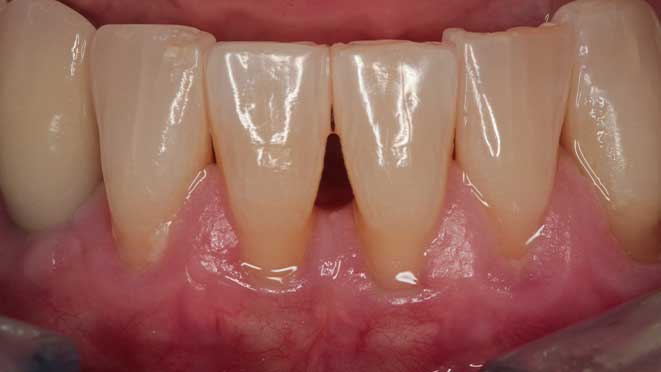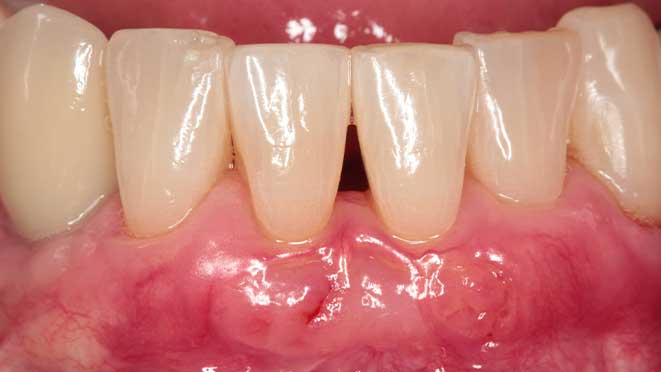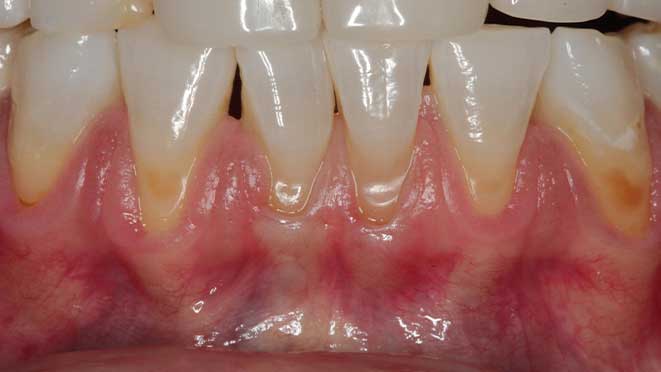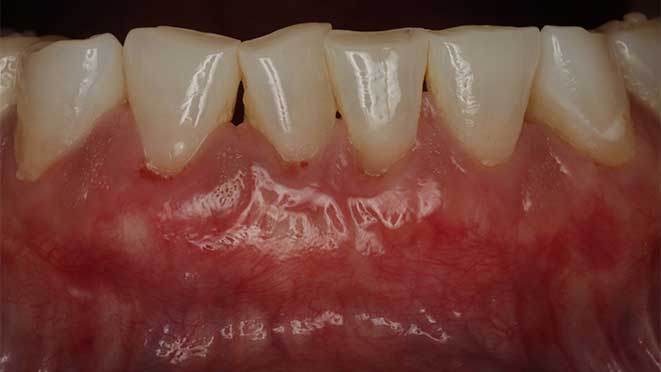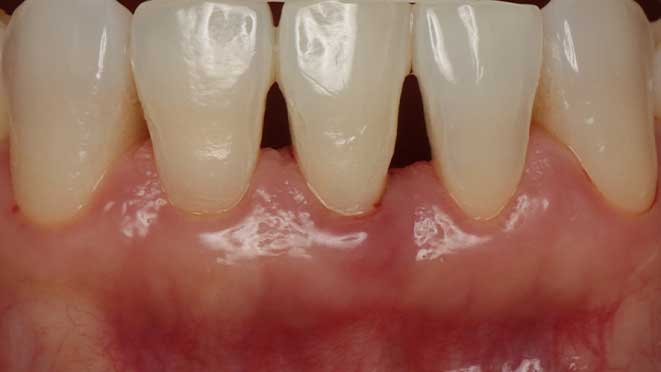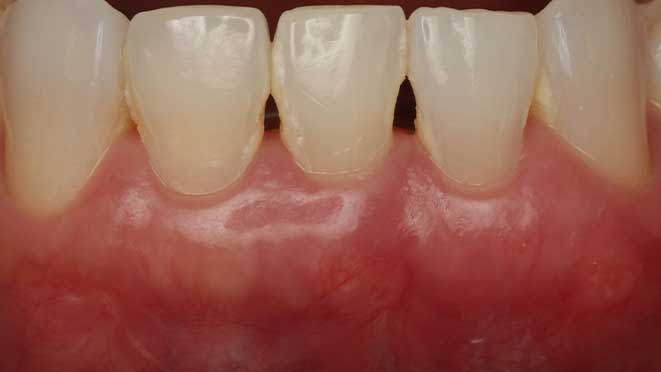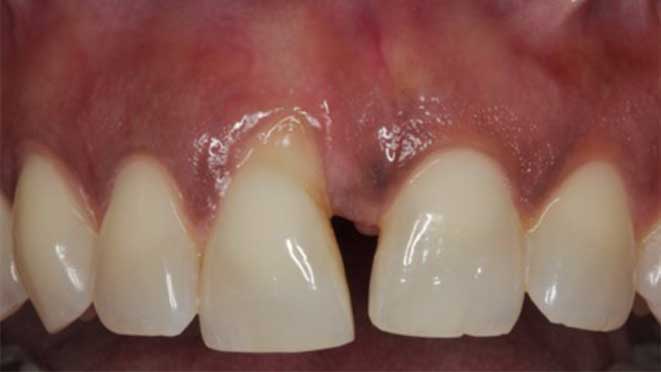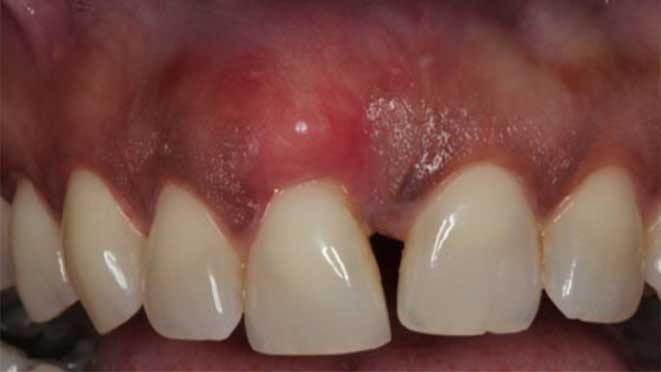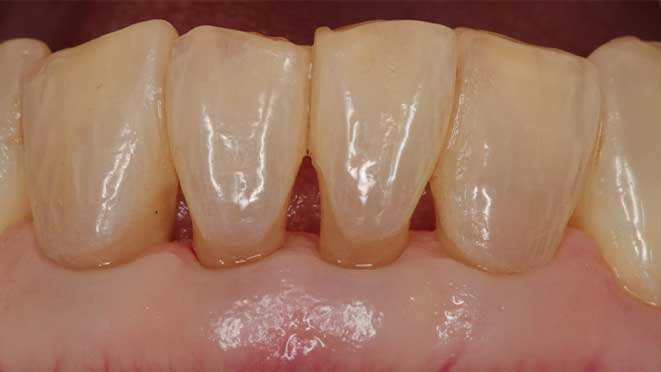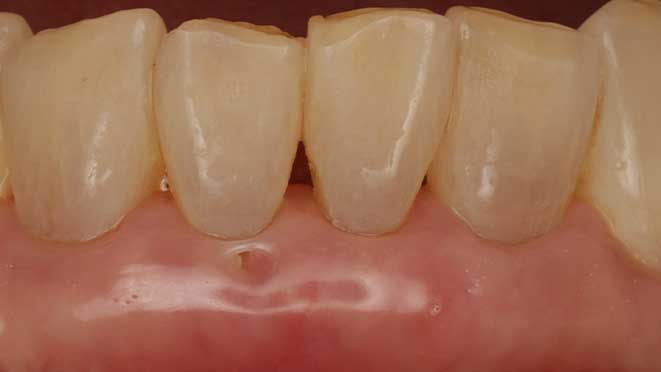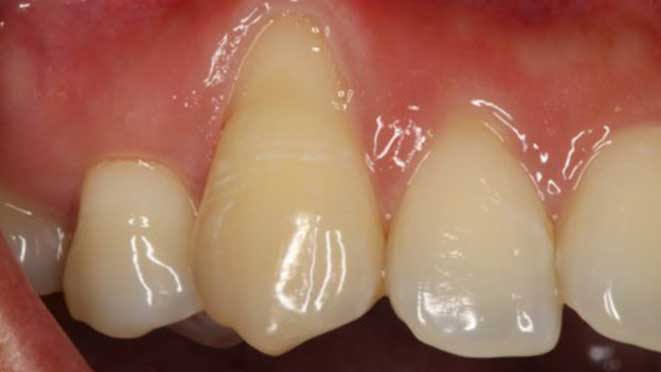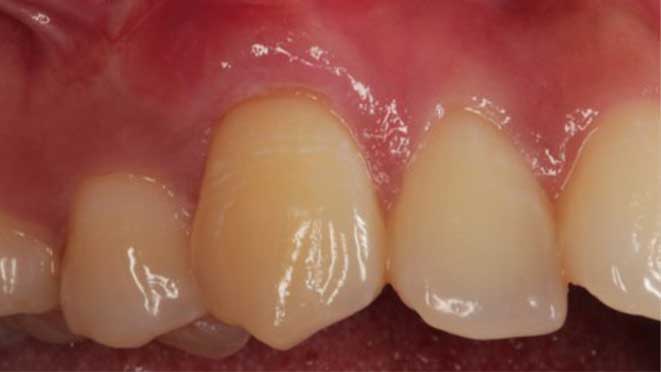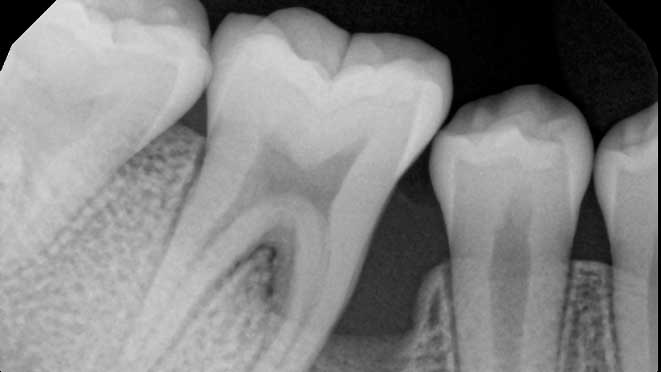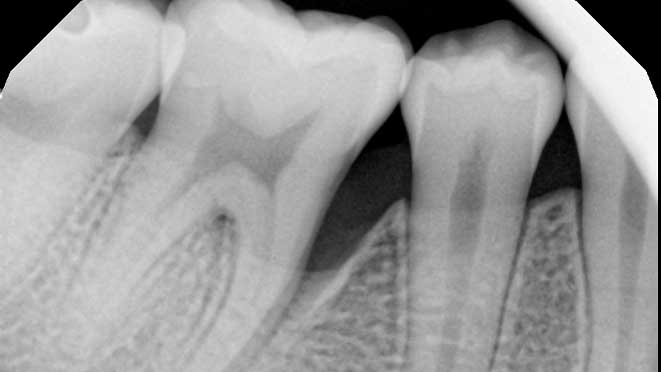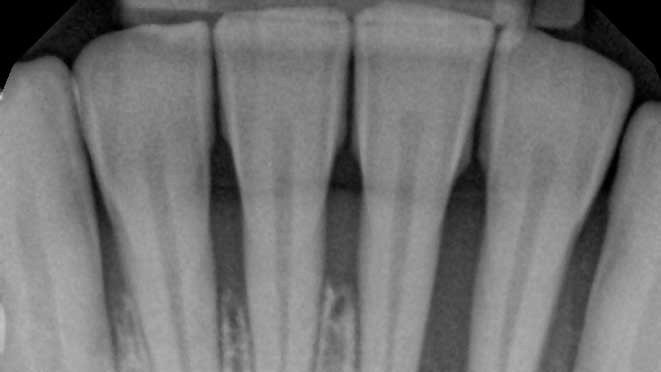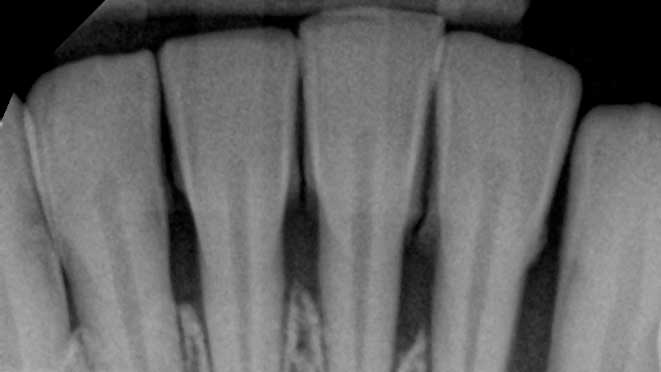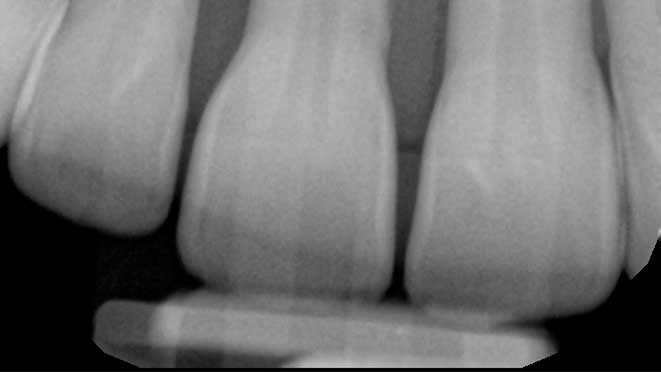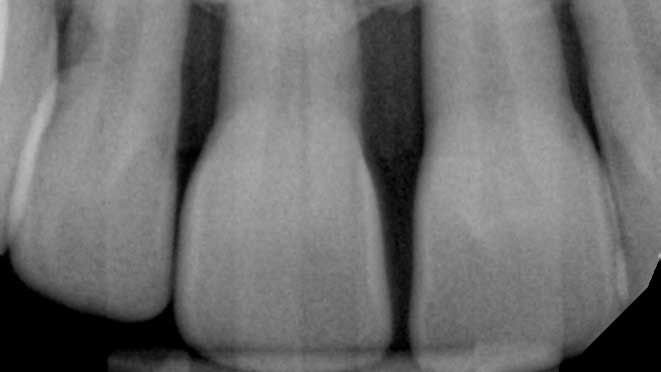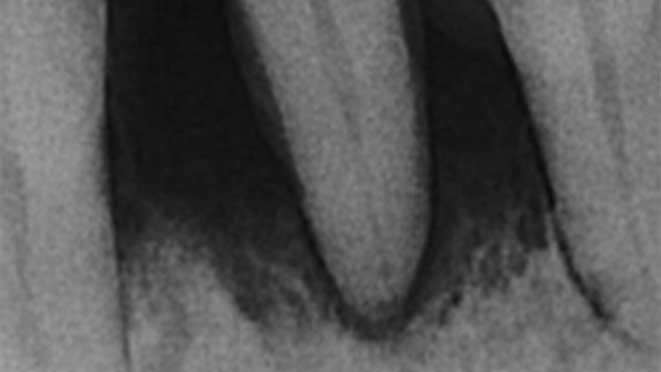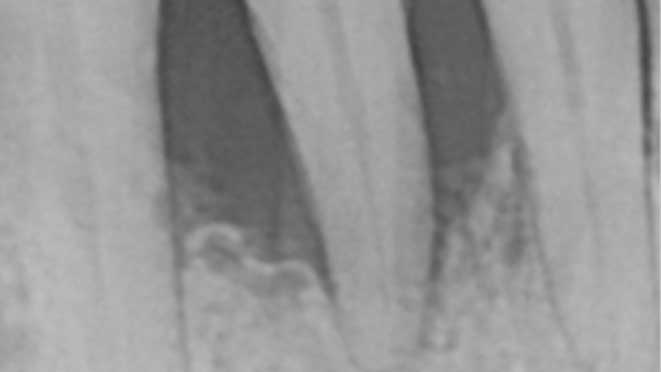Importance of having the perfect smile
A perfect smile can greatly enhance one's overall appearance and boost their self-esteem and confidence.
Definition of periodontal disease
Periodontal disease is a gum infection that can lead to tooth loss, bone damage, and other severe health complications.
Esthetic Crown Lengthening
Esthetic crown lengthening is a surgical procedure that involves removing excess gum and bone tissue to expose more of the teeth.
Benefits of esthetic crown lengthening
Esthetic crown lengthening can make teeth look longer and improve the appearance of the overall smile.
Recovery time and aftercare
Patients can expect some soreness and swelling after the procedure, but they can manage it with painkillers prescribed by the dentist. It's vital to maintain good oral hygiene so that the gums heal properly.
Risks and complications
There is a risk of gum infection and bleeding after the procedure, but patients can notify their dentist of any post-operative complications.
Functional Crown Lengthening
Explanation of functional crown lengthening
Functional crown lengthening involves removing excess gum and bone tissue to prepare for restorative dental procedures.
Reasons for this procedure
The procedure is typically done to restore broken, decayed, worn, or short teeth due to genetics or tooth grinding.
Preparing for functional crown lengthening
The dentist may need to take X-rays to determine the amount of bone and gum tissue to remove, and the procedure will be done under local anesthesia.
How to care for your gums after surgery
Patients may experience some soreness, swelling, and bleeding after the surgery, but proper oral hygiene is necessary for proper healing and avoiding complications.
Comparison between Esthetic and Functional Crown Lengthening
Differences in procedure
Esthetic and functional crown lengthening procedures involve removing gum and bone tissue, but they differ in their purpose.
Costs and insurance coverage
The costs of the procedures vary based on complexity and location, but as a general rule of thumb, esthetic crown lengthening costs more than functional. Dental insurance may cover functional crown lengthening if deemed medically necessary.
Conclusion
A. Importance of good oral health
Maintaining good oral health is vital for preventing periodontal disease and restoring damaged teeth.
B. Encouragement to talk to the dentist about crown lengthening
Once the patient understands the differences between esthetic and functional crown lengthening, they should then talk to their dentist to determine which procedure is best for them.
C. Final Thoughts
Crown lengthening can enhance a person's smile and their overall appearance. But like any other dental procedure, the patient should talk to their dentist and weigh the pros and cons before undergoing the procedure.


